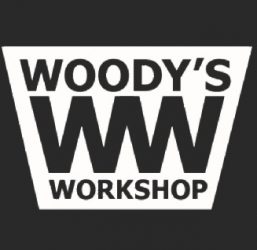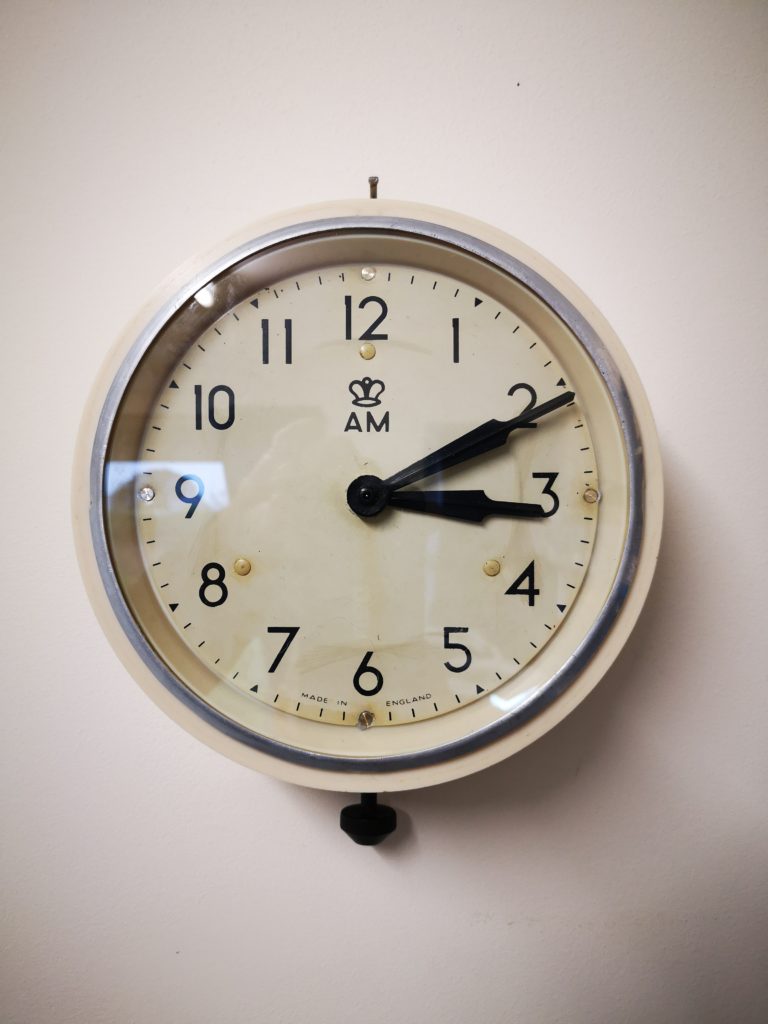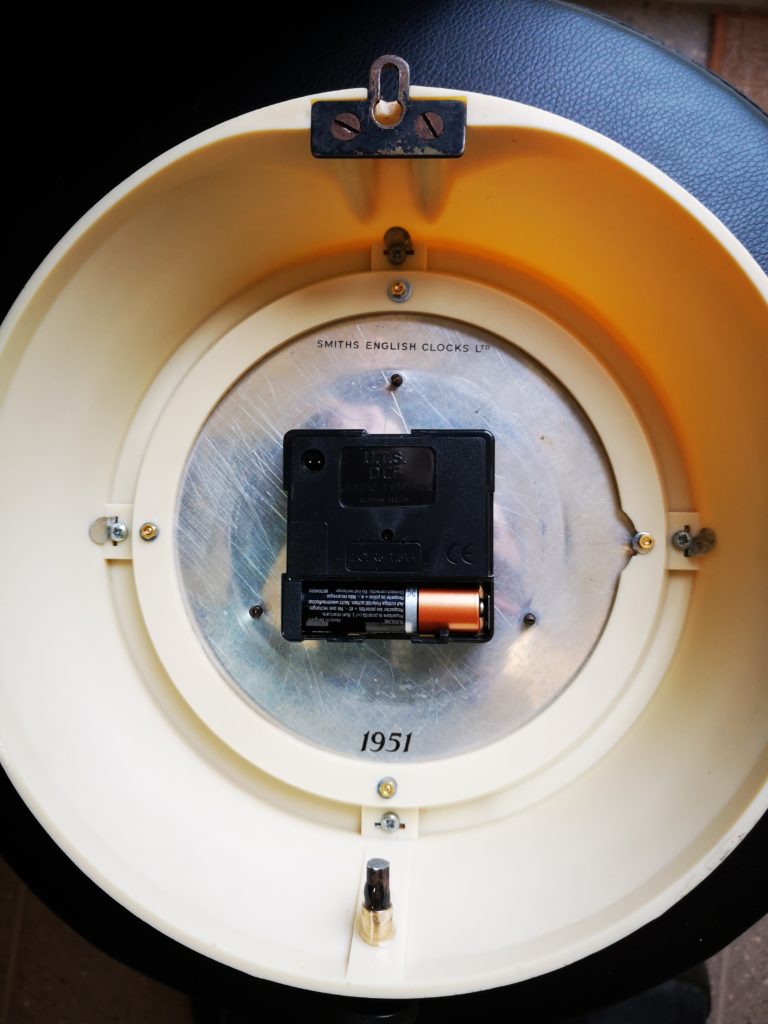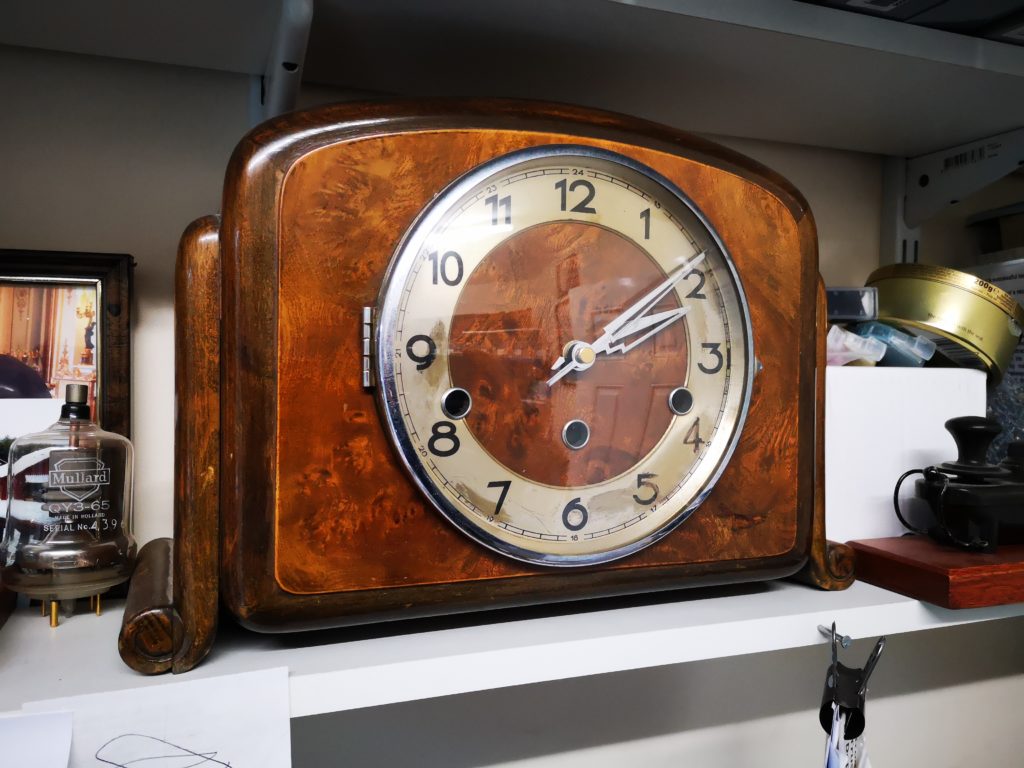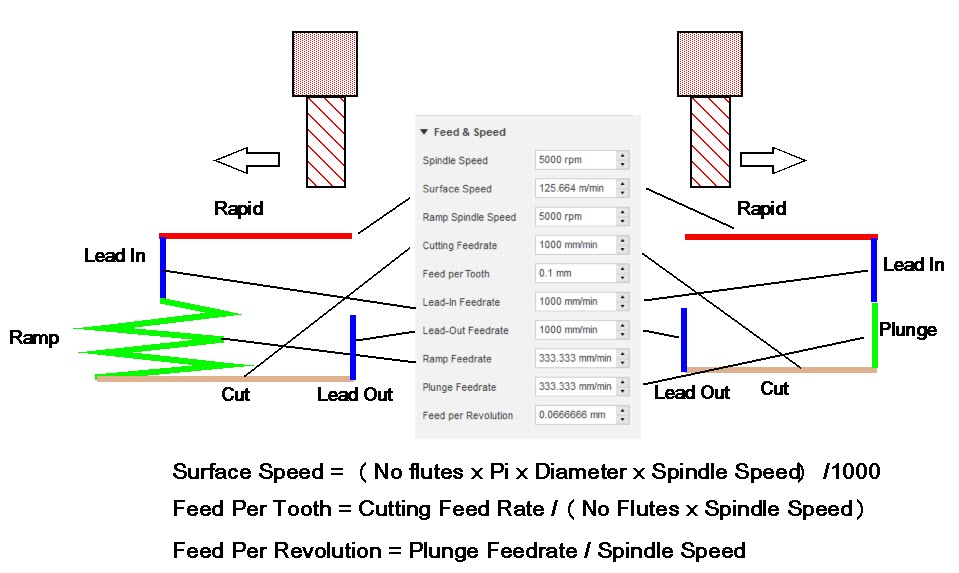You have probably gathered by now that I like to experience new challenges in the workshop. I spotted a CNCEST 3040T for sale on EBay with no bids offered and on the last day of the auction. I did some checking and discovered that these devices are quite common and are a good way to get into CNC. There is a wealth of YouTube postings about the machines and whole libraries that you can delve into to find models to make. I must state that it is not a Tormach type machine but more of an engraver/router device with nothing like the grunt of the Tormach or indeed other milling centres.
The one I had spotted had a USB interface and was intended to be controlled by Mach3 which is a totally different animal to PathPilot. PathPilot is a dedicated controller for the Tormach range of devices and because of this there are lots of facilities that you take for granted but which are hidden ‘under the hood’. Mach3 on the other hand is a generic controller that can be configured to control all manner of CNC devices but because of that it is quite complex to get to grips with, particularly for someone starting out on CNC. Some of the user interfaces leave a bit to be desired which doesn’t help but I am getting there. Mach3 has been around a long time and has a large user base.
Back to the story.
The purchase included the control box with the USB interface, a set of ER11 collets and a fourth axis stepper motor with a chuck already installed. It is nicely built in that it is quite substantial but is basic and my purchase did not come with a great deal of documentation. The USB interface is by BitSensor RnR and apart from the stepper motor control lines has four auxiliary 4 input and 4 output lines that can be configured for external control.
The weekend was spent YouTubing trying to get up to speed and from this I gleaned the following : – Mach3 allows you to download a demo version which is fully functional but has a restricted maximum number of lines for running a program. No problem with this and nice to be able to play before committing to a licence.
Having loaded Mach3 onto my desktop (Win 7, 64bit) I could not get the program to talk to the mill. This was solved by the discovery that you need to add a plug-in for the RnR USB interface card. This allowed the spindle to be moved in XYZ fashion from the PC keyboard direction keys and Page Up/Page Down. Next problem was that the spindle movements did not seem to reflect the Mach3 DRO readout distances. This was solved on the Settings tab using the Set Steps per Unit button. This was rather nice in that you tell the machine how far you want the spindle to move (in XY or Z) and then you are asked how far did it actually move as measured and it then crunches in the program what the scaling factor needs to be. Rather neat facility. I now have the basics of accurate controlled movement.
I can run the initial lines of one of my earlier discussion FlatCam PCB milling programs and it looks as it should. I can see this machine becoming a dedicated PCB and general engraving device that is offline to the Tormach. So where to now ?
I want to replace the tool table with a dedicated tooling plate similar to the one I made for the Tormach. The table as fitted is aluminium extrusion with the equivalent of T slots. I also want to add limit switches to make it more user friendly. This means working out how to enable the above mentioned auxiliary lines. Some sort of height zero probe will be needed also. So a few things to think about over winter. More notes on progress to follow. Similar or related subjects : –
- Notepad ++ for GCode Editing
- Local power USB switching circuit
- Tormach PCNC440 X Axis limit switch repair
- Experiences CNC machining Aluminium Composite Material (ACM)
- Enclosure finally added to my Tormach PCNC440
- CNC Work Reference Centring using Mushrooms
- Clough42 Electronic Leadscrew Project Implementation Notes
- Floating pressure foot for the CNCEST3040T mini milling machine
- Probes and Haimer Taster Modification
- Arc and Circle I and J code calculator for GCode cutting paths
